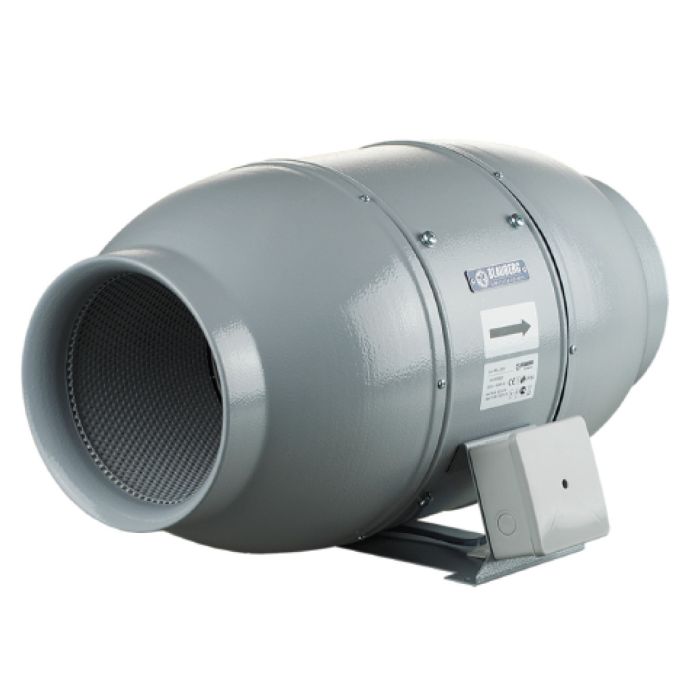Iso-Mix 150 mm In Line Acoustic Low Noise Silent Mixed Flow Extractor Fan 6"
In stock
Only 50 left
SKU
ISO-MIX-150
£214.30
£178.58
Download Section

BIM Objects
| Blauberg Brand | Iso-Mix |
|---|---|
| EAN Number | 5060503621190 |
| Impeller Type | Mixed Flow |
| Motor Type | AC |
| Electrical Supply | 1 Phase 220/250 50/60Hz |
| Please choose Size | 150mm Dia |
| Maximum Airflow Rate (l/s) | 153 |
| Maximum Airflow Rate (m3/h) | 550 |
| Control Options | Standard |
| Duct Connection Size | 150mm Dia |


